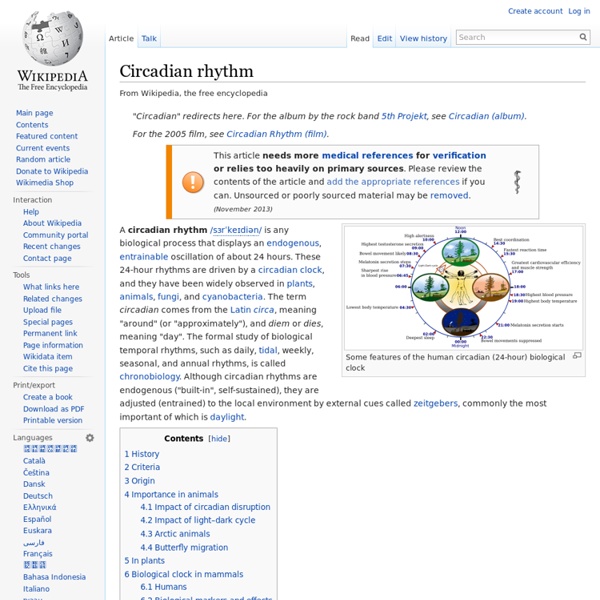How To Take Photos From the Edge of Space For $150
MIT students build a high-altitude, photo-snapping balloon using off-the-shelf components Icarus Touches the Edge: A $150 view of space 1337arts Scientists and students alike have previously launched low-budget balloons that rise to the upper reaches of Earth's atmosphere, snapping unbelievable photos from near-space. But MIT's Icarus team managed the same feat using only off-the-shelf items, and for a measly cost of $150. Here's how they did it. The MIT students list everything that they used to assemble the launch vehicle, including a prepaid Motorola i290 phone with GPS, a cell phone charger and disposable hand warmers to keep everything operable at the cold high altitudes. "We bought a AA-battery cell phone charger to sustain the phone’s power over the duration of the flight, and we used Energizer lithium batteries (rated to operate at temperatures are low as -40F) to power both this charger as well as our camera," the Icarus team wrote on their website. [via 1337arts ]
Inside the Ghost Ships of the Mothball Fleet | Beyond the Photos
For decades, dozens of forgotten Navy and merchant ships have been corroding in Suisun Bay, 30 miles northeast of San Francisco. These historic vessels—the Mothball Fleet—served their country in four wars: WWII, the Korean War, the Vietnam War, and Desert Storm. After a decade of impasse, the ghost fleet is slowly dwindling as the ships are towed out one-by-one for scrapping. About 15 retired ships are already gone; by 2017, the entire fleet will be just a memory. Over a two-year period, several close friends and I gained unprecedented access to the decaying ships, spending several days at a time photographing, documenting, and even sleeping aboard them—often in the luxury of the captain’s quarters. Sneaking on-board required months of planning and coordination, and it involved taking significant risks. History and Current State These ghost ships, part of the National Defense Reserve Fleet (NDRF) overseen by the U.S. Guns on the deck of the USS Iowa. Ticking Environmental Time Bombs
True Facts
Facts - interesting, provocative, well-seasoned One out of ten children in Europe are conceived on an IKEA bed. Antarctica is the only continent without reptiles or snakes. An eagle can kill a young deer and fly away with it. In the Caribbean there are oysters that can climb trees. Intelligent people have more zinc and copper in their hair. The world's youngest parents were 8 and 9 and lived in China in 1910. When George Lucas was mixing the American Graffiti soundtrack, he numbered the reels of film starting with an R and numbered the dialog starting with a D. The youngest pope was 11 years old. Mark Twain didn't graduate from elementary school. Proportional to their weight, men are stronger than horses. Pilgrims ate popcorn at the first Thanksgiving dinner. They have square watermelons in Japan - they stack better. Iceland consumes more Coca-Cola per capita than any other nation. Heinz Catsup leaving the bottle travels at 25 miles per year. It is possible to lead a cow upstairs but not downstairs.
Wild Polar Bear vs Dogs
Norbert Rosing took these images of a wild polar bear coming upon his tethered sled dogs in the wilds of Canada's Hudson Bay. The Polar Bear returned every night that week to play with the dogs.
8 totally awesome natural phenomena you probably didnt know about | ZME Science
The Maelstrom When you hear a name like maelstrom, you just know it’s about something wicked. Introduced in English by Edgar Allan Poe from the Nordic languages, from which it came from the Dutch word maelstrom (maalstroom in modern spelling), it literally means crushing current, which is quite a very good description. digital representation of a maelstrom A maelstom is basically a very big and powerful whirlpool, a free vortex; a free vortex with quite a downdraft. Fire Rainbow The term ‘fire rainbow’ is really misleading; the correct term is circumhorizon arc. Of course, this rainbow is not formed the way ‘classic’ rainbows are formed. Waterspouts Waterspouts seem to be taken out of the Captain Planet series. Most of the time, they are weaker than land tornadoes, but some are extremely big and bring the water upward with immense speed and power. They can actually be tornadic or non-tornadic. The even rarer ‘cousin’ of the waterspout is the snowspout (or icespout). The Honduran Rain of Fish
Everyday tricks everyone should know Daily Kitten Chat Forum
Tricks every woman should know…Nik The last several are a few of my own I’ve discovered… Peel a banana from the bottom and you won’t have to pick the little ‘stringy things’ off of it. Take your bananas apart when you get home from the store. If you leave them connected at the stem, they ripen faster. Store your opened chunks of cheese in aluminum foil. It will stay fresh much longer and not mold! Peppers with 3 bumps on the bottom are sweeter and better for eating. Peppers with 4 bumps on the bottom are firmer and better for cooking. Add a teaspoon of water when frying ground beef. It will help pull the grease away from the meat while cooking. To really make scrambled eggs or omelets rich add a Couple of spoonfuls of sour cream, cream cheese, or heavy cream in beat them up. For a cool brownie treat, make brownies as directed. Leftover snickers bars from Halloween make a delicious dessert. chop them up with the food chopper. Peel, core and slice a few apples. for 15 minutes!!! Easy Deviled Eggs gone.



